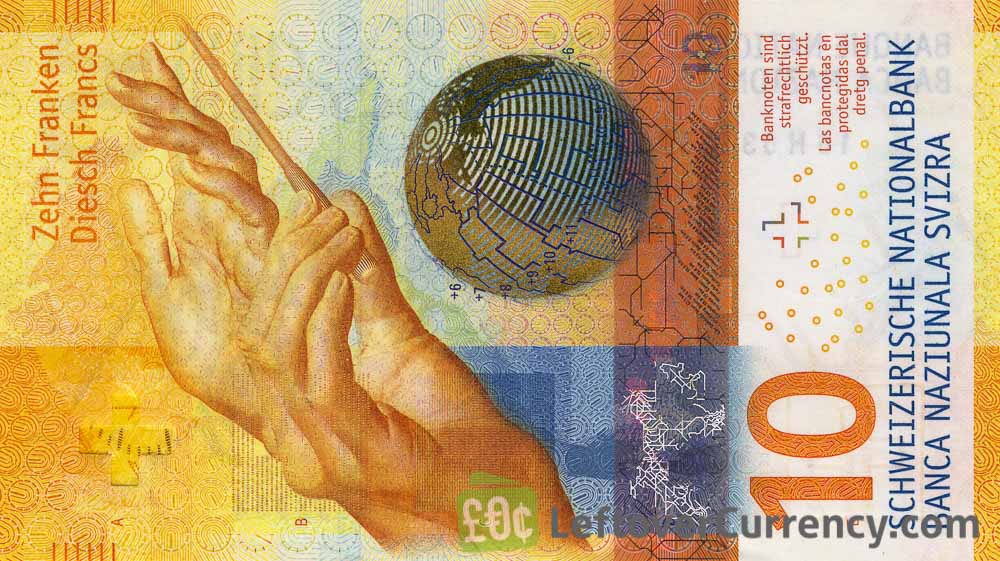
The International Bank Note Society (IBNS) announces that its voting membership has selected the Swiss National Bank to again receive its prestigious “Bank Note of the Year Award” for 2017. In the closest vote ever the Swiss 10 Franc note narrowly edged out runners-up from the Royal Bank of Scotland, Canada, Fiji, Norway, and Djibouti . This is the fourth consecutive hybrid/polymer note to win the coveted IBNS Bank Note of the Year Award.
Pushing the Envelope of Print Technology
While the winner is still being determined by the IBNS (International Bank Note Society) for 2018, it's time to look back at the most recent winner. With over 170 new banknotes released around the world in 2017, this note employed the best of print technology to win the prize again for Switzerland. Here at L+L Printers we use the best technology available to bring you quality printing at a great price, but it's still fun to explore the most cutting-edge tech in the printing world wherever it comes.
Polymers and related technologies have slowly been taking over currency in the past years, but almost all of the innovation surrounding security features has its roots securely planted in the printing industry, and we can be proud of we have brought, and continue to bring to everything printing and beyond.
The Swiss 10 Franc Note at First Glance
Printing has always fought primarily to inform, but the emotional aspect of good printing and good design cannot be ignored, and this note is no exception. The design is striking and the quality of printing perfect to match it. But there is (literally) much more to the note than meets the eye
Printing Technologies and Security Features
To start, the substrate is made of a multi-layer product called Durasafe®. In the words of the manufacturer it is "the world’s most advanced banknote substrate. A composite of paper and polymer, two outer layers of cotton banknote paper are fused together with a central core of transparent polymer. The paper layers are fully functional, and allow for the incorporation of well-known features such as watermarks, security fibres, threads, and other traditional security elements, including taggants.
"The cotton paper also ensures that the finished banknotes retain the special tactility and feel that is so characteristic of banknotes and immediately recognized by the public."
What is most striking about this note is this last comment by the manufacturer Landqart, that paper is used not only for printing capabilities, but for its tactile connection with the end users. The physical properties of printed bank notes on paper represent familiarity and trust to the general public, crucial emotional aspects with any form of currency.
In addition to the base, there's a whole sea of features printed on the surface of the bill as well. There are features printed in infrared and ultraviolet-sensitive inks, and intaglio printing for a greater span of the tangible experience. And of course there are the standard micro printing design patterns and watermarks for enhanced security. Even raised lines are provided on the outer edges of the note in order to aid the blind in differentiating between denominations.
Closing Thoughts
As most of us here likely live in North America, it's unlikely that any Swiss notes will come drifting past our front doors anytime soon. That being said, the sheer beauty and technological expanse of printing technology within this single bill makes me want to buy one just to hold in my hand. That's the effect of great printing, and with examples like this, its easy to see the bright future that printing technology holds for the future!







